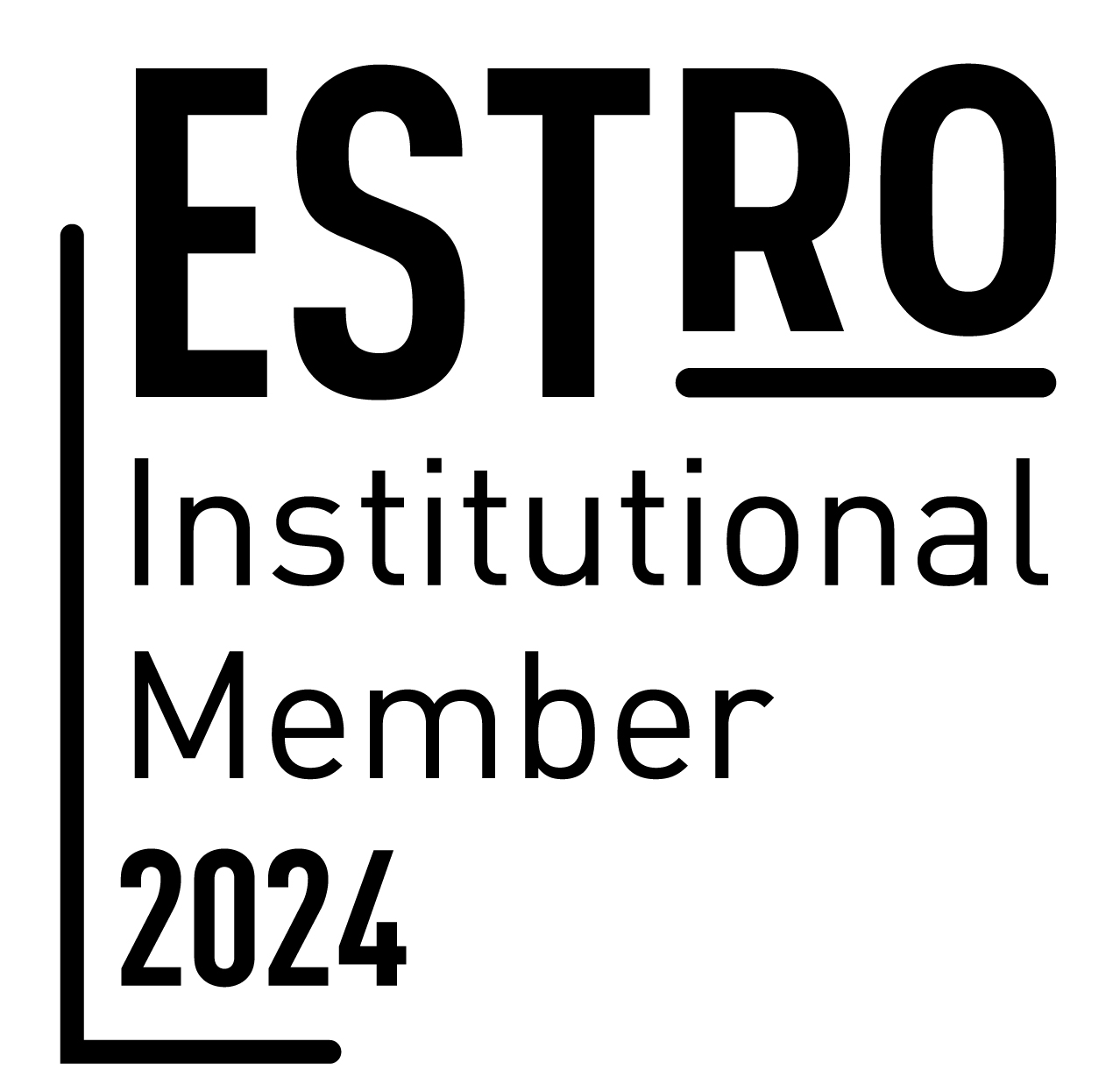Pathologies that can be potentially treated with hadrontherapy
Ependymomas in adults and other rare neoplasms of the Central nervous system
Want to submit your case? Click HERE
Ependymomas are tumours of the central nervous system that can develop in both the brain and the spinal cord. They originate from ependymal cells of the ventricular cavities of the brain, choroid plexus, filum terminale, and central canal of the spinal cord. Furthermore, ependymal cells are also located in the brain parenchyma.
Ependymomas are divided into:
- Low-grade lesions
- Subependymoma (WHO grade I)
- Myxopapillary ependymoma (WHO grade I)
- Ependymoma (WHO grade II)
- Anaplastic lesions
- Anaplastic ependymoma (WHO grade III)
This type of tumour can appear at any time of life, although it occurs more frequently in two specific age groups:
- 0-10 years
- 40-50 years
These two age groups are also distinguished by the nature of the neoplasm: intracranial lesions are more common in childhood, while spinal lesions occur more often in adulthood.
It is a very rare tumour that accounts for 2.3% of all neoplasms of the central nervous system.
All neoplasms of the central nervous system are classified as rare tumours, and some of them are even rarer:
- Pilocytic astrocytomas
- Hemangioblastomas
- Germinomas
- Craniopharyngiomas
- Primary lymphomas
Causes of ependymomas in adults and other rare neoplasms of the central nervous system
As well as for other brain tumours, certain causes for ependymomas and rare CNS neoplasms have not yet been identified.
However, exposure to high doses of ionizing radiation, such as, for example, previous radiation treatments, has been established as one of the risk factors for these neoplasms.
Some hereditary diseases are also often associated with tumours of the central nervous system, although the genes that mutate and cause these forms of cancer have not yet been identified.
The genetic diseases more likely to be found:
- Neurofibromatosis type 1
- Neurofibromatosis type 2
- Li Fraumeni syndrome
Symptoms of ependymomas in adults and other rare neoplasms of the central nervous system
Symptoms of ependymomas and other rare neoplasms of the Central Nervous System vary according to the location of the disease. However, in general terms, the following possible symptoms can be found:
- Headaches
- Nausea
- Vomiting
- Sensory deficits
- Motor deficits
- Seizures
- Lack of balance
- Dizziness
- Restricted vision and/or field of view
Diagnosis of ependymomas in adults and other rare neoplasms of the central nervous system
In case of suspected Ependymoma or any other rare neoplasm of the CNS, a neurological examination to determine a correct patient's medical history is a priority.
Subsequently, in order to define the nature of the lesions, neuroradiological examinations should follow:
- Computed tomography (CT)
- Nuclear magnetic resonance (NMR)
A histological test is necessary to confirm the diagnosis. In case of suspected metastasis, all the necessary tests to evaluate its location and any part of the body compromised by the lesion should be carried out.
Treatment of ependymomas in adults and other rare neoplasms of the central nervous system
The treatment of ependymomas and any other rare neoplasm of the CNS is evaluated according to the nature of the lesion, and the size, location and aggressiveness of the tumour. Furthermore, the patient's general medical condition should be taken into account as well.
Surgery is usually the first choice of treatment, and in most cases, it is supplemented with post-operative radiotherapy aimed at reducing the risk of recurrence.
If surgical resection is not possible, the treatment of choice is only radiotherapy or radiotherapy combined with chemotherapy, depending on the case.













